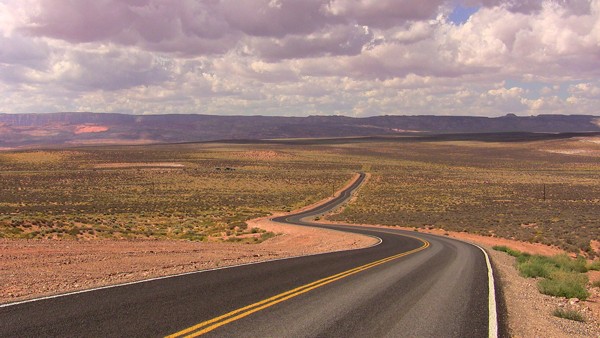The Utah tourism board couldn’t have chosen a more brilliant campaign line. Just spent a vacation in the high desert visiting national parks and wilderness areas. This is a leave of absence I’d be content to do all over again, and again.

The Utah tourism board couldn’t have chosen a more brilliant campaign line. Just spent a vacation in the high desert visiting national parks and wilderness areas. This is a leave of absence I’d be content to do all over again, and again.

It’s 2008 and New Year’s greetings and best wishes to all! Heard a brief interview on NPR this morning with Eric Weiner whose book is on my reading list, called “The Geography of Bliss: One Grump’s Search for the Happiest Places in the World“. Besides referring to the World Database of Happiness, he mentioned a trip to Bhutan where a man’s suggestion for being happy was to set aside a few minutes a day to think about death.
In the East, the cycle of birth and death can be table talk, linked figuratively to the waxing and waning of the moon, and change of seasons. Dealing with adversity differs among people and nations. Growing up in India, it was not uncommon to hear people when speaking of their problems, end their speech with a ‘What to do?’. (Kya karega?). The phrase adorns the end of every monologue that has to do with recounting a problem or ‘situation’ and is accompanied by a shrug of the shoulder. If pressed for time, a Jaguar will not get you to your destination faster than the lowly auto rickshaw in Bombay’s crawling, leaden traffic. What to do? The telephone has been dead for over two days. What to do? Resignation, an apology that one can’t have control over all things in life. Just saying it insulates one from obsessive worrying – sort of a tension exhale. Apparently the phrase is infectious too. I had to do a quick double take and rewind when I heard it casually uttered by John McLaughlin while I watched the DVD Remember Shakti – The Way Of Beauty. There was an upcoming tour, and he was trying to locate L. Shankar the violinist who had strangely disappeared for several months, to no avail. Finally he engaged the talents of the mandolin prodigy U. Srinivas. And then he said “What to do?” With a shoulder shrug. It was strange to hear an Englishman say that – but then John in many ways is even more a desi than I am. He’s spent several years of his life in India, immersing himself in the classical music, spirituality and culture of the country. Speaking of him, I need to revisit more of his amazing works from the 70’s. Also check out his latest DVD: The Gateway To Rhythm, which explains the system of ‘konakkol’ (the art of vocal drumming and rhythms from South India).